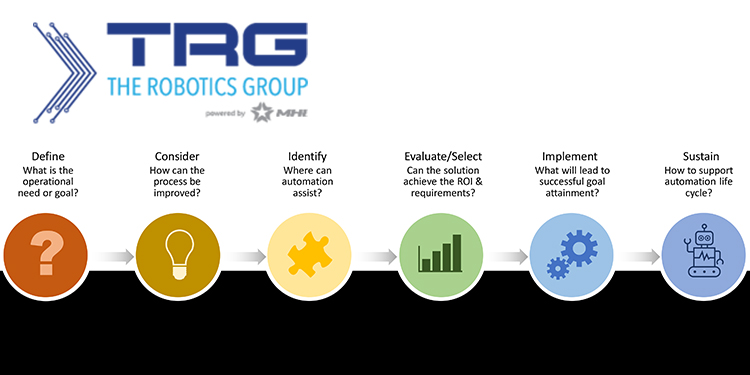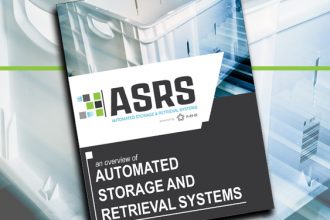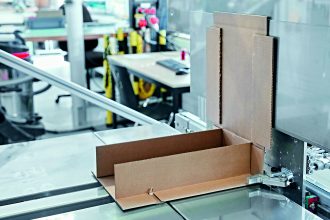
When considering an investment in robotics and automation, many operations struggle to get past the pilot testing phase. Instead of identifying a solution and implementing it in a timely manner, they find it difficult to make a decision and instead wind up in “pilot purgatory.” A common scenario plays out something like this:
Both operations and finance teams fail to define or align on clear goals at the outset of a potential robotics or automation investigation project. As the project progresses through process changes and identification of where automation can enhance workflows, the project team may be too focused on achieving the operational goals; yet, if the financial goals are not met as well, the project can stall. This results in a repeat of the process as the project team attempts to find a solution that meets both groups’ objectives. In extreme cases, this cycle can continue endlessly, wasting time, yielding frustration, and resulting in no technological resolution or investment — also known as “pilot purgatory.”
In recognition of this all-too-common phenomenon, the members of The Robotics Group (TRG) of MHI have developed a six-phase Buyer’s Journey Framework to help organizations evaluating a potential investment in autonomous mobile robots (AMRs), automatic guided vehicles (AGVs), robotic arms, or other automated solution. The Framework helps identify phases or milestones that should be considered before, during, and after the purchase decision. By following these recommendations, an operation can successfully acquire and implement the automated solution that best meets the needs and objectives of the entire organization — and avoid pilot purgatory. They include:
Phase 1: Define the operational, throughput, quality, and other needs and goals at the outset of the project, as well as budgetary constraints. Solicit input and gain support from operational, financial, and executive leadership. Solidify agreement on why the effort and investment are needed.
Phase 2: Accurately measure and understand your current process through a time and motion study, for example. Consider how the current operational process could be improved for greater efficiency, higher throughput, increased productivity, reduced manual labor, better ergonomics, higher accuracy, etc.
Phase 3: Identify where within the process in question a prospective automation solution could produce the desired improvements. Engage a system integrator (either vendor-based or independent third-party) to identify potential solutions, and test the proposed solution in a small-scale, simple, proof-of-concept pilot. Test a simplified workflow as the first step; build upon success incrementally.
Phase 4: Select the solution that best meets the performance criteria, operational metrics, budget and expected return on investment (ROI), as well as aligns with the operational and financial needs and goals established in Phase 1.
Phase 5: Implement the selected solution that meets the goals and requirements by deploying and scaling it up incrementally to match the operation’s evolving needs.
Phase 6: Sustain the investment through proper maintenance and support of the automated solution through its lifecycle to ensure it meets not only the desired operational performance criteria, but also established financial objectives.
In this framework, “pilot purgatory” occurs when the results of Phase 3 require the project team to revert back to Phases 1 or 2 to re-evaluate the goals and objectives set forth, rather than selecting a solution in Phase 4. In addition to helping organizations seeking to avoid “pilot purgatory,” the Buyer’s Journey Framework can help companies that are less inclined to do the due diligence necessary to verify a potential automation investment. That is, using these recommendations can guide a project team who might otherwise opt to purchase the latest technology first, then struggle with how to implement or adapt to it after the installation.
Looking for more information about integrating automation technologies into your operation? There are a variety of resources available on TRG’s webpage.



